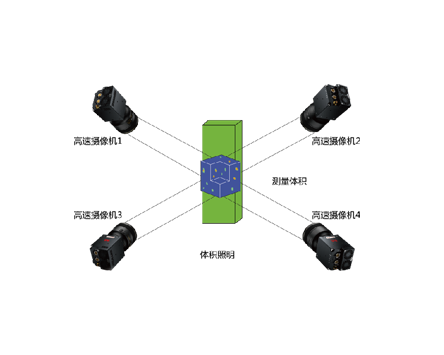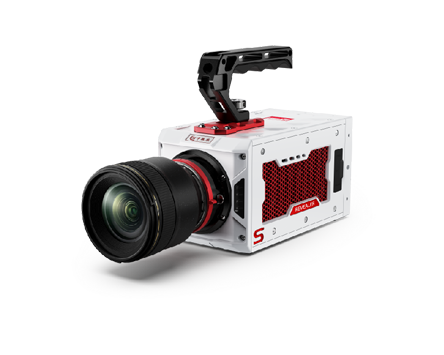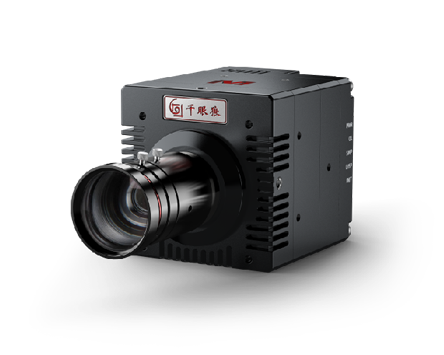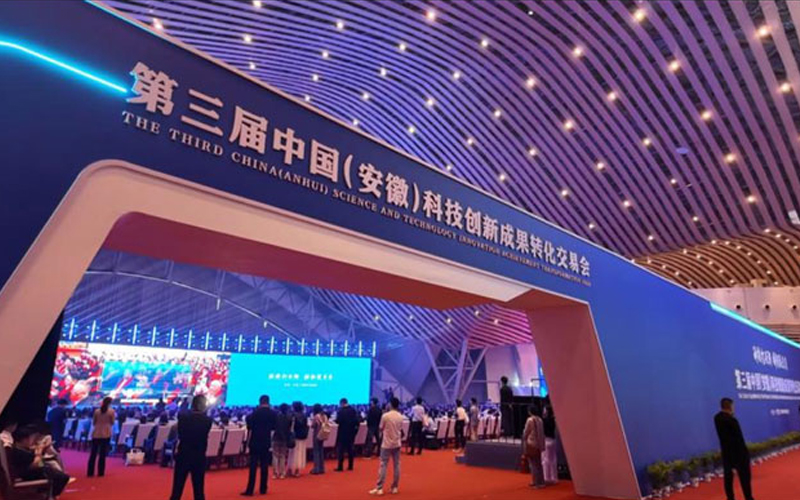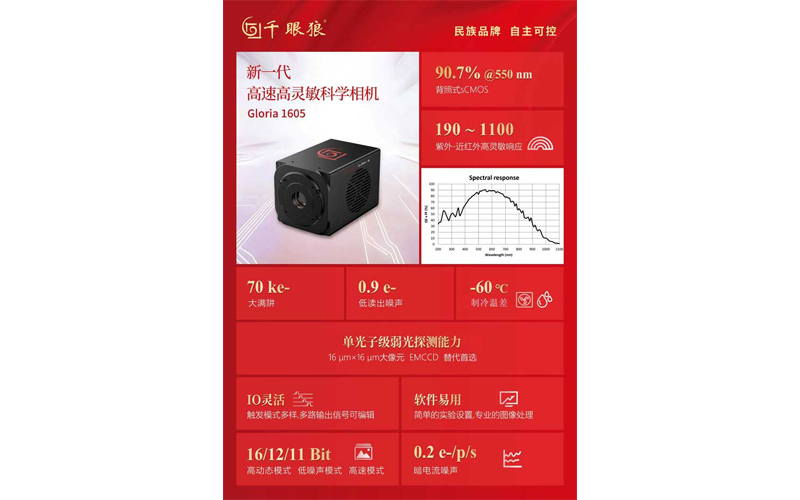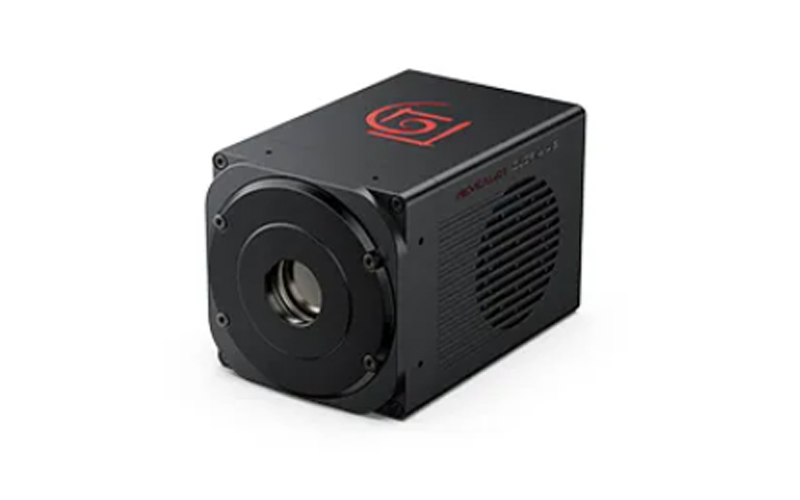
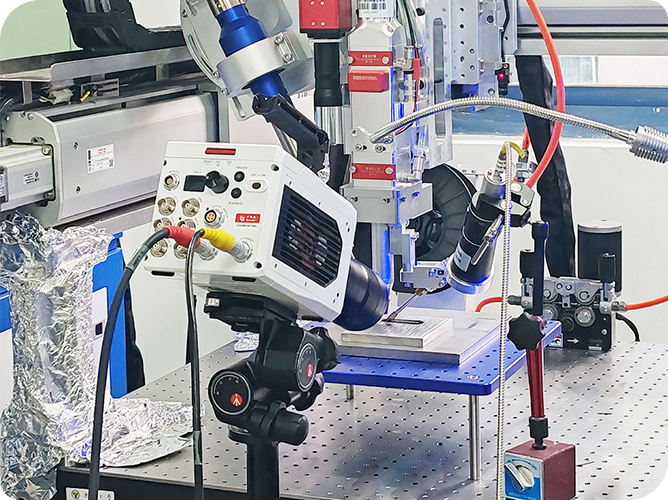
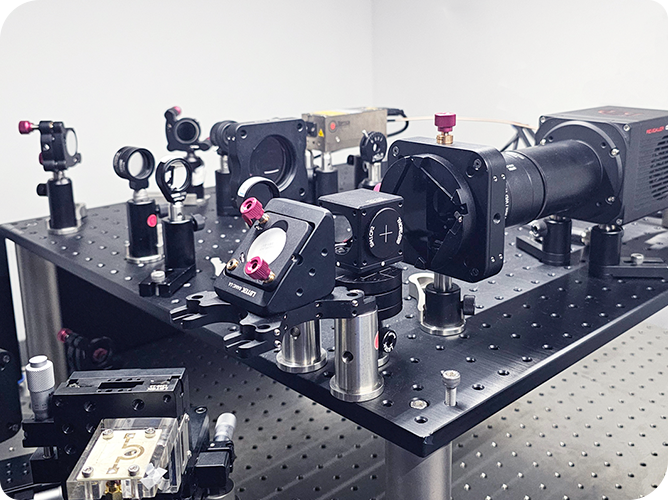
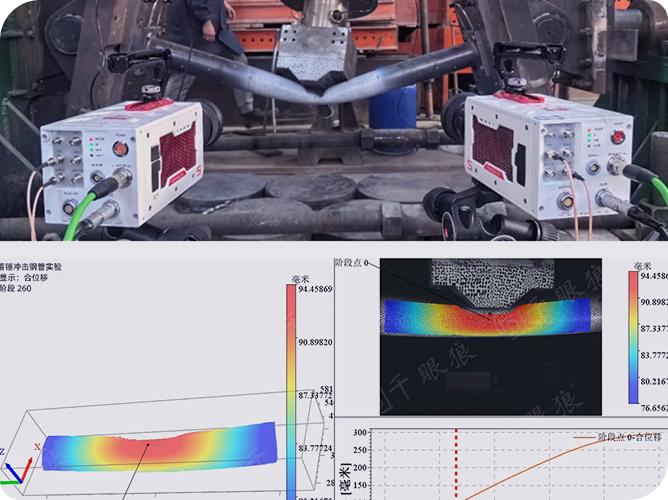
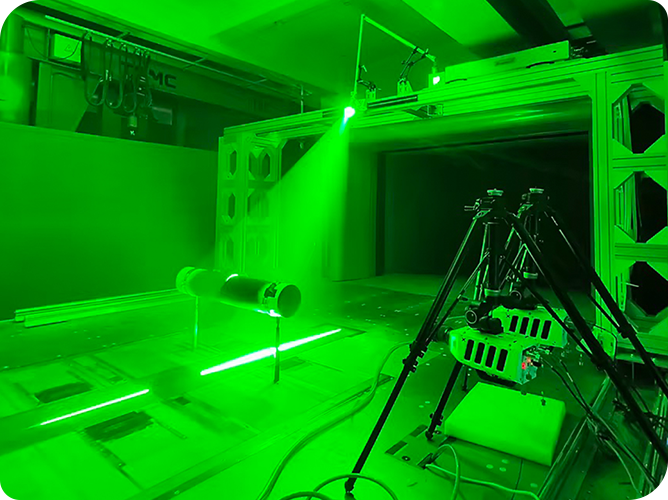
The formation and movement of bubbles in gas-liquid two-phase flow has an important impact on the safety and energy conversion efficiency of industrial equipment. How to realize the separation of bubbles from the background is the focus of research in bubble measurement techniques. The traditional image processing methods of “image binarization”, “edge detection” and “image filtering” have limitations when extracting information, and are only applicable to a single image or need to be manually selected.
Researchers from Inner Mongolia University of Science and Technology (IMUST) have improved the accuracy and automatic acquisition of bubble image separation by background separation of bubble images mainly through SVD (singular value decomposition) and RPCA (robust principal component analysis).
The researchers first built a set of experimental platforms to visualize the characteristics of bubble rising behavior (Figure 1).
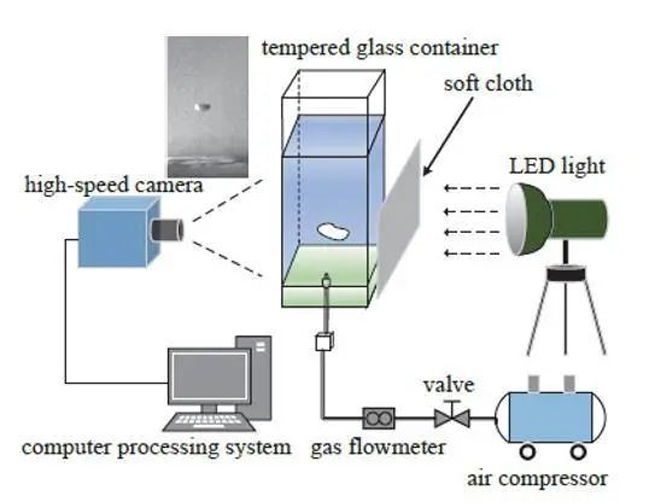
Fig. 1 Experimental platform for visualizing the characteristics of the rising behavior of bubbles
Step 1: The information richness of the gas-liquid two-phase images is investigated by the SVD (singular value decomposition) method.
Step 2: Based on the RPCA (Robust Principal Component Analysis) algorithm, the liquid background is effectively removed and the flow state of the bubbles is observed independently.
Step 3: The images are analyzed in low rank by SVD decomposition, and the separated bubble images are characterized by single-valued distribution curves.
Step 4: Analyze the extracted bubble matrix, locate the relative position of the bubbles, calculate the relative motion velocity of the bubbles, and compare the deformation size of the bubbles.
1)The Thousand Eyes Wolf high-speed camera with a Canon EF 100mm macro lens was used to film the movement of the bubbles at the bottom of the pool as they rose through the underlying particulate matter. Image acquisition parameters 1080×720 @1500fps.
2)Oil-free silent air compressor for generating analog gases.
3)Electronic balance for weighing masses of different particle (simulated suspension) diameter ranges.
4)200W LED sunlamp for added liquid background effect.
In the second step of the study, based on the RPCA idea, the researchers take images of the rising bubbles by a high-speed camera to get a database X about the movement of the bubbles, and use the convex programming method to decompose X into a low-rank matrix L and a sparse matrix S under the optimization criterion of the data matrix, and take S as the salient information in the source image, and make the low-rank part of S contain more information by continuously adjusting the threshold value that better fits the motion process of the bubble.
Fig. 2 shows the bubble motion images taken by the high-speed camera. Since the photos of the bubble motion process taken by the high-speed camera are a large number of datasets, the figure is shown using the interval display method.
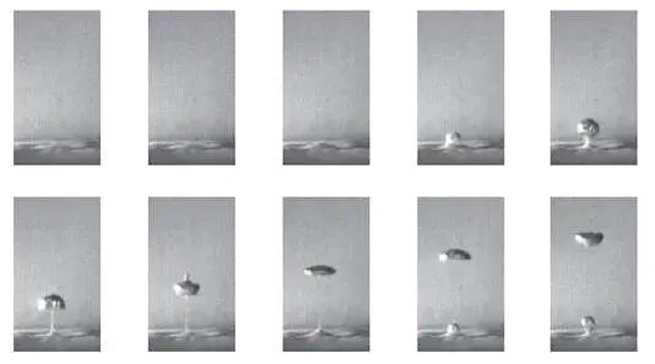
Fig. 2 Original image of partial bubble motion
Fig. 3 shows the low rank and sparse part separation of the bubble motion image matrix X using the RPCA technique, and after the separation, the motion process of the bubbles in the absence of background interference is explored through the sparse matrix.
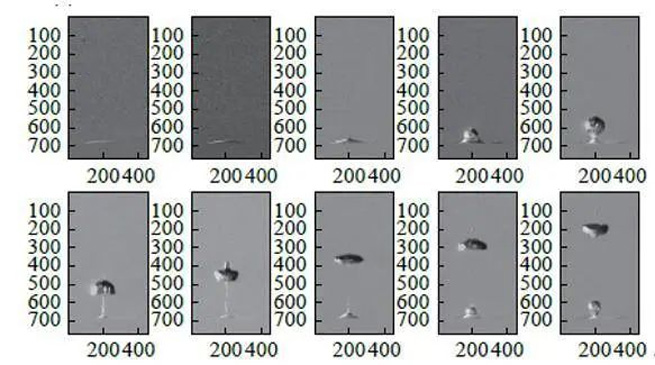
Fig. 3 Image of continuous motion of bubbles without liquid background after separation
In the fourth step of the study, a set of continuous motion images of bubbles with the background removed are extracted for analysis, and the respective corresponding row-additive and column-additive comparison maps (Fig. 4) are formed by accumulating the bubble matrices row-by-row and column-by-column, observing the changes of the picture matrices in the process of their motion, especially the changes of the high and low peaks, and locating the relative position of the bubbles by the transformation of the salient points of matrix rows and columns, which in turn shows the bubble motion trajectory, and then calculate the relative speed of the bubble through the interval time of each picture taken by the high-speed camera.
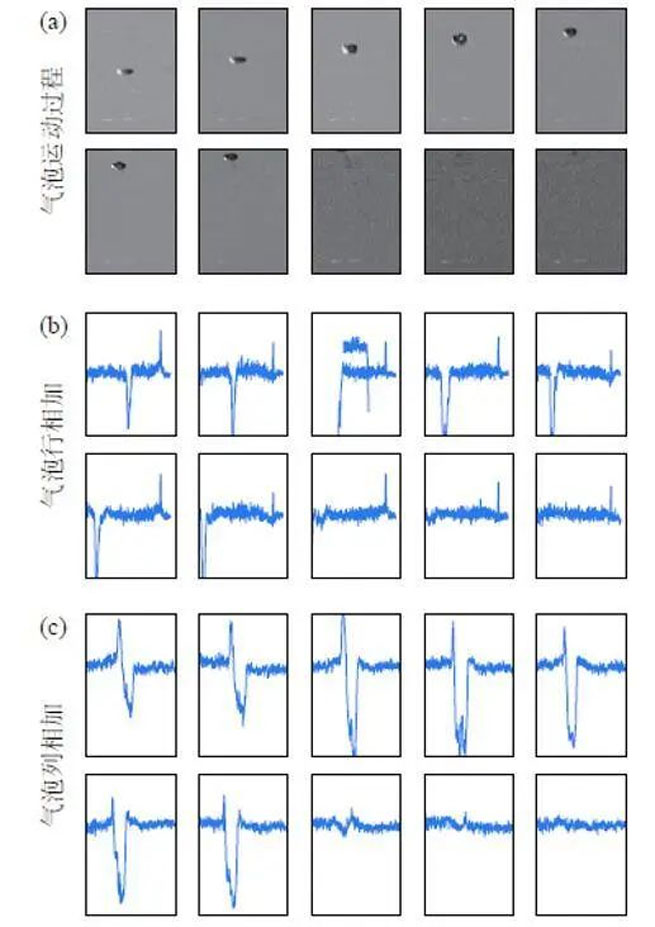
Fig. 4 Schematic diagram of row summation and column summation of images of the continuous motion process of the bubbles
Combined with the RPCA matrix decomposition technology of high-speed camera, the bubbles are accurately separated from the background image. The study proposes row-by-row and column-by-column accumulation methods to measure the morphology of the motion process of bubbles, which helps to understand the dynamic behavior of bubbles in gas-liquid two-phase flow. The method can provide powerful technical support for the detection and control of gas-liquid two-phase flow parameters in the energy industry.
